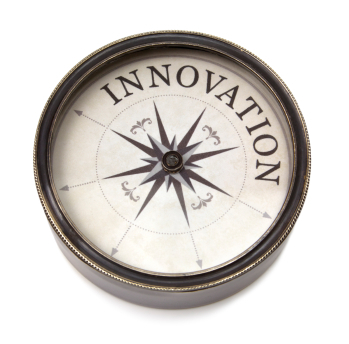
Love it or hate it, the real-time web is forcing nonprofits to change the way they do business. Organizations recognize that they must be more transparent with their successes, their failures, as well as their finances. They are also learning how to better handle public criticism of their brand and instead view criticism as opportunities to listen to valuable feedback from their constituents and to be responsive. Unfortunately many organizations still struggle with rigid top down management structures and teams that squash innovation and collaboration. If nonprofit’s want to meet their missions faster and attract the most talented staff, organizations are going to need to change the way they do business inside the office.
During the Campaign Tech conference earlier this month, I was asked how do you lead a team that  meets tactical requests well but that also has time to learn, experiment, and grow.
meets tactical requests well but that also has time to learn, experiment, and grow.
If you are in a big leadership role at a nonprofit, chances are you are living in a process driven atmosphere. And while processes can be helpful you also need to strike a balance of creating an environment that encourages people to think about new ways of solving problems.
Trust Your Staff
One of the best ways to create a more collaborative environment is to stop relying on consultants so much and start listening more to your own team. Nonprofits tend to rely on consultants to either come in and save the day or to validate what their own staff already knows. You hired your team because you thought they were capable to begin with, right? Now trust them. Still feel like you need to use consultants because you don't have enough internal resources to implement great ideas? No problem, just make sure your own team gets first dibs on the pieces they want to work on.
Don't Shut People Down
So now that you are sold on trusting your team more, will your team always come up with the most brilliant ideas? No. However, it’s important that you don’t shut people down even if you secretly think it’s a crappy idea. Talk through the ideas as a team because sometimes these types of brainstorms can trigger some terrific ideas in a collaborative environment. And sometimes they won’t go anywhere and that’s ok too.
Host Weekly Interdepartmental Meetings
Host weekly and intimate meetings with people from different departments so that you all know what each other is working on, what’s coming down the pike so you can all collaborate across multiple channels.
Seize Opportunities
It’s also important to seize opportunities when they arise, particularly when it comes to leveraging current events that relate to the issues your organization works on. Don’t get stuck in rigid processes and long approval chains, as this will derail you from being proactive. Instead focus on setting up more nimble structures and teams that can efficiently vet information, develop accurate responses, and execute creative and simple campaign ideas. Right now, too many organizations are overly reactive and frankly too late to the party.
Share Successes With The Community
One of the best parts about creating an environment that fosters collaboration and experimentation is sharing successes and failures so that everyone can learn from it. When you do something that you consider a success such as developed a new app or even a new strategy that was effective, share it. Not only can it benefit the community at large but it will make your staff feel recognized and feel that they are contributing to something bigger.
Commit to Culture Change and Failing Fast
While creating a culture of collaboration and innovation within a very traditional and rigid organizational structure can be challenging it can definitely be achieved. But, make no mistake it requires a major culture change within the entire organization that must be led from the top. Senior management must focus on breaking down the silos in the organization to have more of an open culture and leadership.
Teams must be integrated, meaning that people in fundraising, advocacy, marketing, PR, Programs, and Tech should be working together to develop campaigns that are integrated across multiple channels.
And finally you must believe in failing fast and mean it. Don’t punish people when they do fail. Failure is one of the best ways to learn.
What are your tips for creating a culture of innovation and collaboration?



COMMENTS